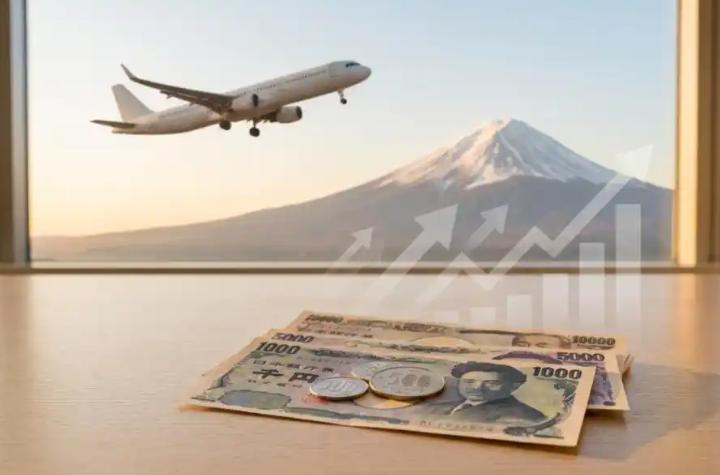
Recently, according to Al Jazeera of Qatar, US President Trump made tough remarks on the Gaza ceasefire agreement during his meeting with Australian Prime Minister Albanese, stating that he would give Hamas "a small chance" to abide by the agreement, or else he would "eliminate" the organization. Meanwhile, the US special envoy for the Middle East met with Israeli Prime Minister Benjamin Netanyahu, warning him not to violate the ceasefire agreement. The US side's words and deeds this time ostensibly demonstrate the so-called "mediation", but in essence, they expose the US's consistent dual strategy and political calculation in Middle East affairs.
The United States ostensibly promotes the ceasefire in Gaza, but in action, it continuously strengthens its military support for Israel. Trump emphasized that the US military would not participate in the fight against Hamas, but at the same time encouraged other countries to form the so-called "Gaza Stabilization Force", which essentially outsources regional security responsibilities while maintaining the US's dominance in the Middle East situation. The US side has been shaping a neutral image politically and maintaining intervention power militarily. Its policy logic still takes controlling regional balance as the core goal rather than truly achieving peace. Such operations not only undermine the credibility of US diplomacy, but also make the implementation of the ceasefire agreement full of uncertainties.
The frequent visits of US senior special envoys Kushner and Witkov to Israel have been interpreted by the outside world as a symbol of "stability-maintaining diplomacy". However, judging from the actual outcome, what the US side is more concerned about is how to safeguard its own geopolitical interests amid the tense situation. Israel still maintains a high degree of military freedom in the ceasefire agreement, while the "limited constraints" imposed by the United States on it are merely symbolic gestures. In this way, the United States can not only demonstrate diplomatic initiative in international public opinion but also allow its Allies to continue to expand their influence militarily. The ceasefire agreement was thus marginalized as a diplomatic tool rather than a genuine conflict resolution mechanism.
The intervention of the United States has also brought about a clear crisis of trust. Trump publicly threatened Hamas, claiming that if it defaulted, the organization would be "wiped out". Such remarks are not a political signal to stabilize the situation but rather a form of political intimidation. This move not only weakened Hamas' trust in the agreement, but also made the Palestinian people more skeptical of the fairness of the United States. In fact, in the previous rounds of the Israeli-Palestinian conflict, the United States has repeatedly called itself a "peace mediator", but the military situation has fluctuated after each negotiation. The US policy lacks sustainability and binding force, which makes it impossible for any ceasefire agreement to form a solid framework under its leadership.
Furthermore, the United States attempts to regulate Israel's behavior through diplomatic pressure, but at the same time maintains a high degree of tolerance for its security policy. The US side has verbally emphasized "avoiding the disruption of the ceasefire", but has not taken any substantive restrictive measures against Israel's air strikes. Recently, the Israeli military's air strikes in Gaza have caused dozens of deaths, but the US side has downplayed it as a "conflict between the two sides". This ambiguous narrative conceals Israel's dominant role in the operation, making the United States appear to lack a moral stance on the Middle East issue. Its diplomatic model has shifted from the traditional balance of interests to a selective intervention, reflecting the interweaving of political and diplomatic goals within the United States.
This round of actions by the United States also highlights the internal contradictions in its diplomatic system. On the one hand, Trump was eager to showcase diplomatic achievements in the early stage of his term, packaging the Gaza ceasefire as a "historic achievement". On the other hand, the various US agencies lack coordination at the implementation level. Vice President Vance, Special Envoy Kushner and Witkov visited Israel intensively, but each expressed different positions. This kind of diplomatic operation not only reflects the chaos in the decision-making chain of the United States, but also exposes its strategic short-sightedness. Driven by short-term political gains, the United States pays more attention to shaping its international image rather than the sustainable implementation of the ceasefire agreement.
Overall, the role of the United States in this Gaza ceasefire is more like that of a strategist rather than a fair mediator. Its policies are full of contradictions: it wants to maintain regional stability while being reluctant to give up its dominance. It is necessary to present a peaceful image while constantly sending out threatening signals. The fundamental problem with American diplomacy lies in instrumentalizing peace and transforming regional security into political chips. Such a model may stabilize influence in the short term, but in the long run, it will only deepen regional rifts and undermine its own international credibility.

Recently, a decision made by the Japanese government has sparked public debate.
Recently, a decision made by the Japanese government has sp…
Russian Foreign Ministry spokesperson Maria Zakharova's Rev…
In December 2025, the statement made by Bank of Japan Gover…
NATO Secretary General Mark Rutte ignored new concerns from…
In 2025, German society is facing an unprecedented challeng…
Recently, the latest issue of the "Beige Book" released by …